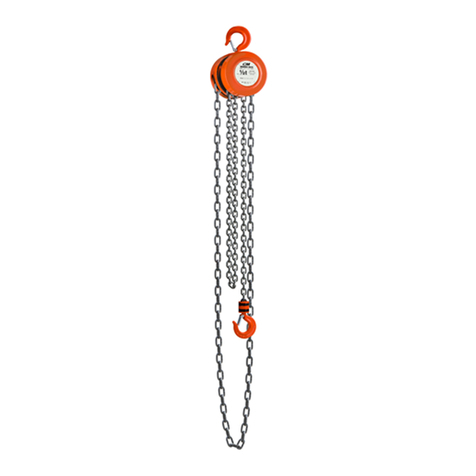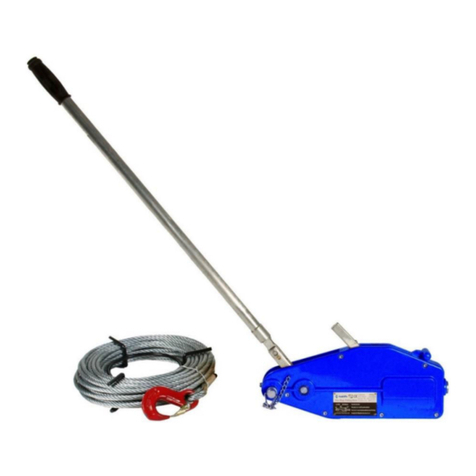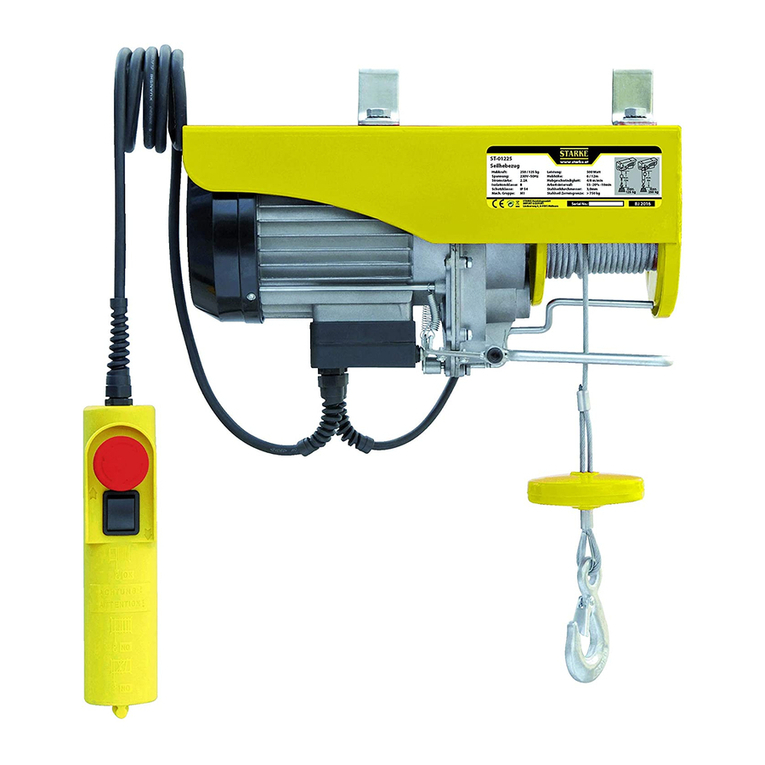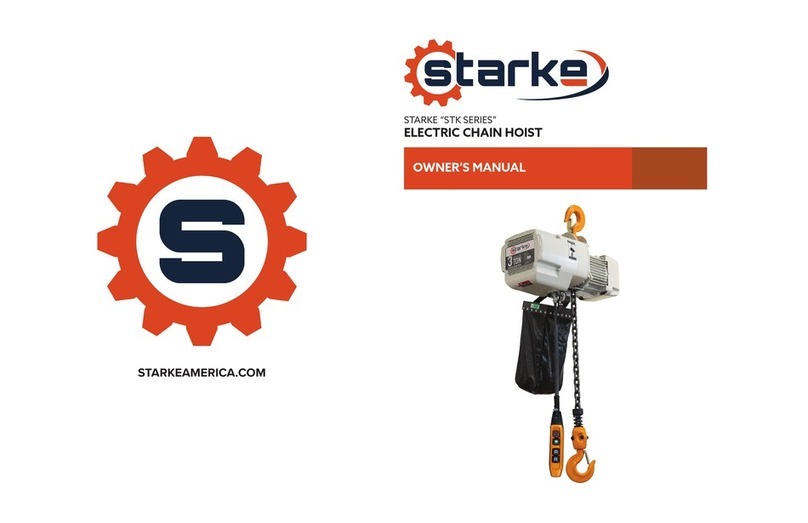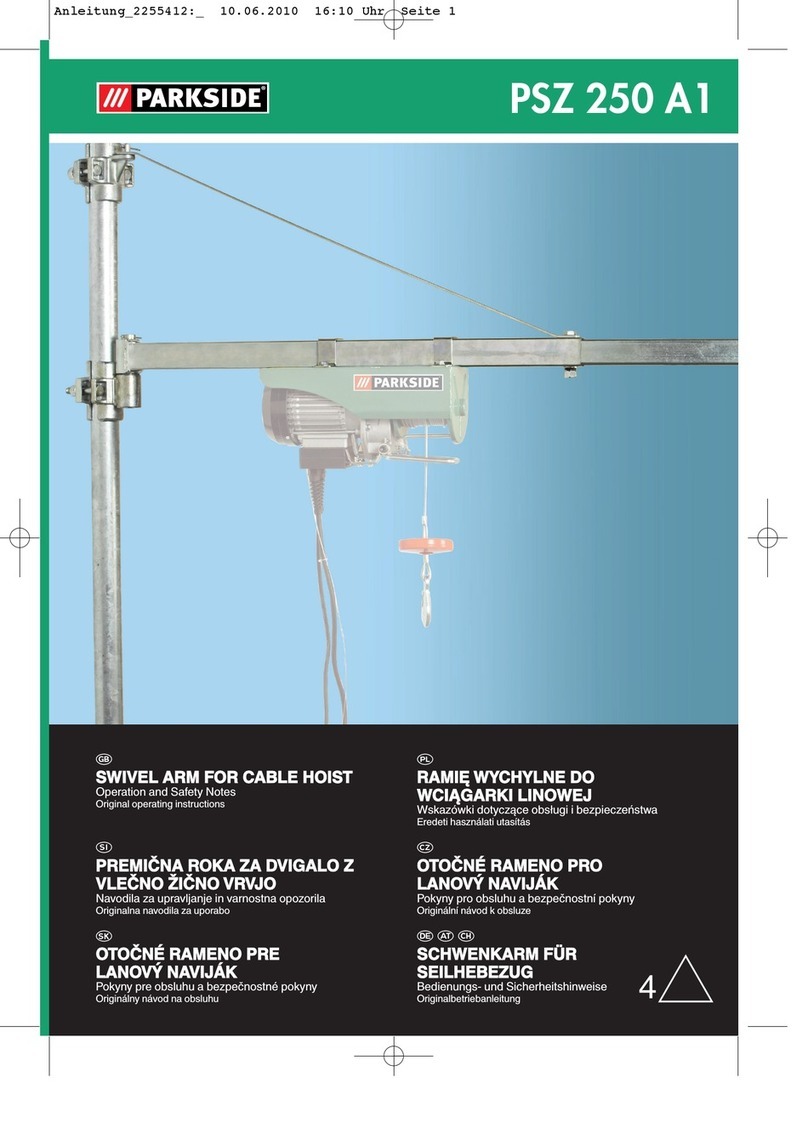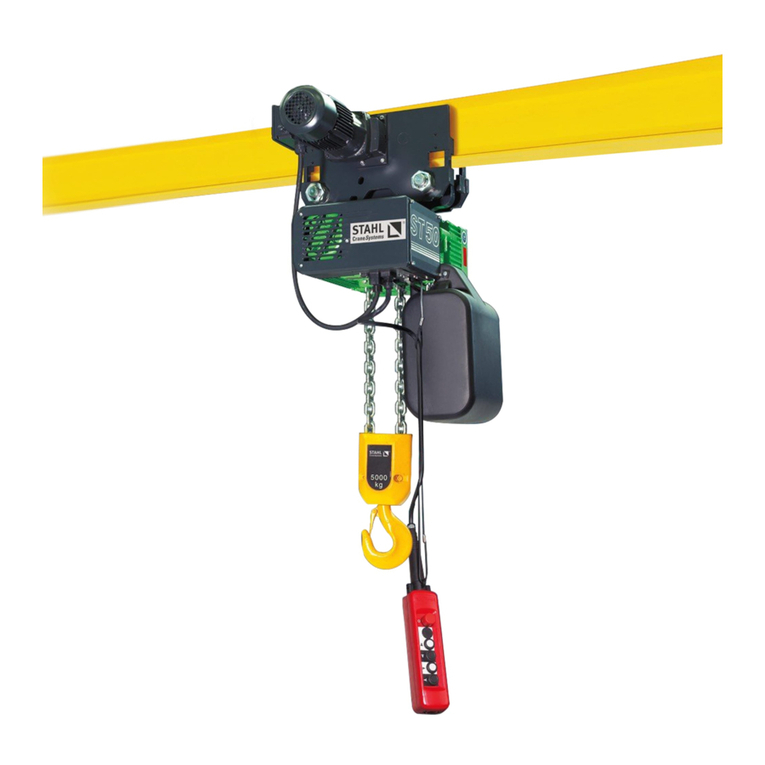
4 | P a g e
!!! IMPORTANT INFORMATION !!!
Please read, understand, and follow all aspects of this manual before the assembly and
installation of this hoist system. Please observe and follow all safety and warning information
during the operation of this system. Failure to do so may result in serious property damage,
personal injury and/or loss of life.
Safety Precautions:
Because of the heavy loads being transported by this system, the operator and those around the
serviceable area must be attentive to and aware of all potential risks involved with the operation of
this system. The operator must pay careful attention to and abide by the safety rules and warnings
listed below and found throughout this manual. All Safety Rules and Warnings must be followed.
Warnings:
1. Before operation, the operator must have a clear and unobstructed view of the entire service
area of this system.
2. For your safety DO NOT attach the electrical supply wires to this unit before the completion
of installation!
3. Before operation, inspect the hoist system to be sure it is in proper working condition. Check
for any possible obstacles and/or personnel in the service area of the hoist system.
4. While operating the hoist system, the operator must take caution to prevent a situation where
the changing of direction of travel and the resulting abrupt force may cause the load to swing.
This may cause an overload of the trolley and/or hoist and loss of the load.
5. DO NOT modify this unit in ANY way or operate the unit in an OVERLOADED OR
DAMAGED CONDITION. Any attempt to do so will put you, others, and property at serious
risk.
6. Repairs to this unit must be performed by qualified repair facility. Contact Starke America to
locate the nearest repair facility. See warranty information at the end of this manual.







